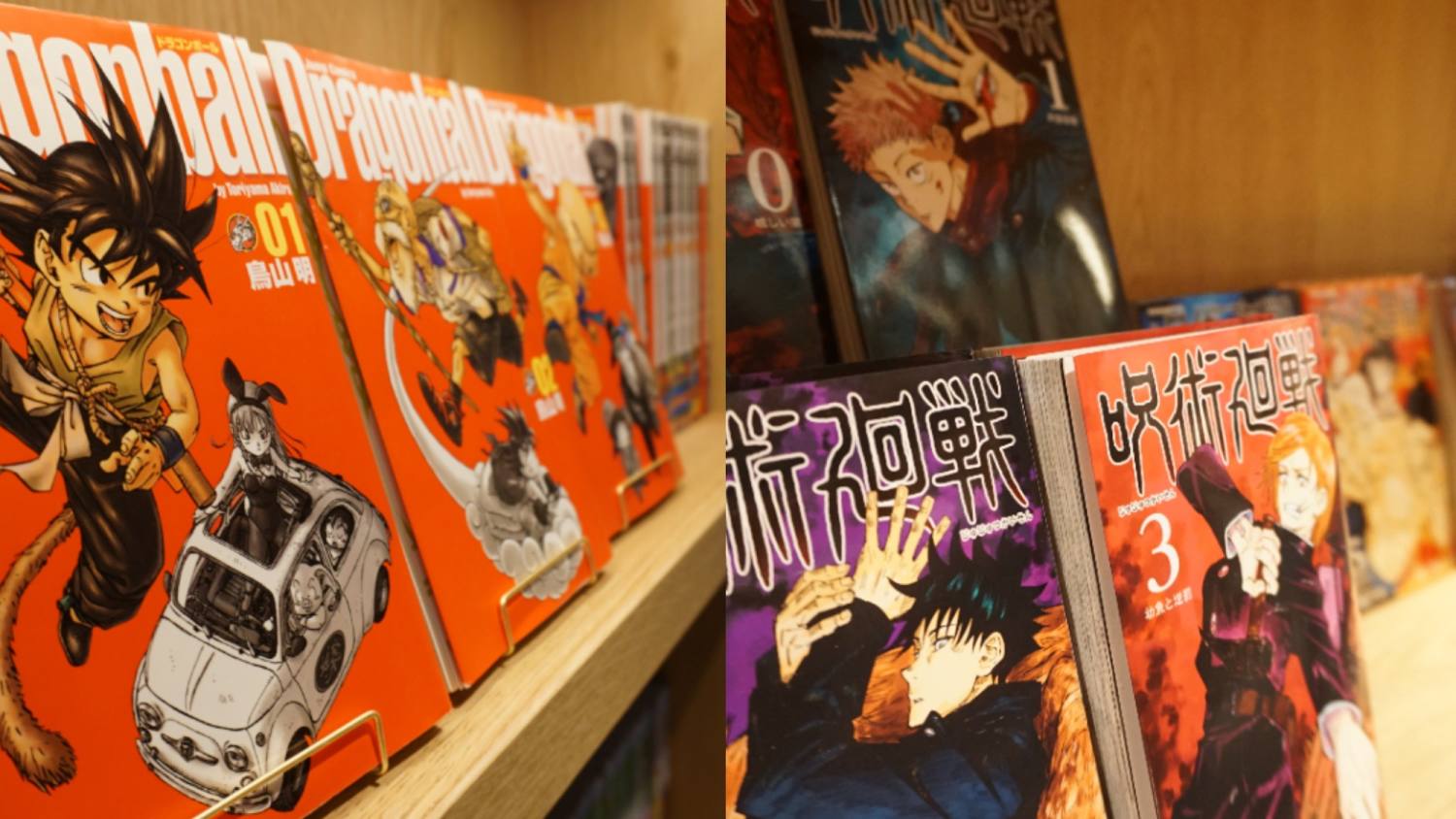Japanese publishers, including Shueisha and Shogakukan, have invested $4.9 million in Mantra, a startup leveraging AI to accelerate manga translation.
I don’t read many mangas, so I don’t know how good or bad the translations are, but I thought the news was interesting at least.



A word strings together form a sentence which carries meaning yes, that is language. And the order of those words will affect the meaning too, as in any language. LLM then will reflect those statistically significant words together as a feature in higher dimensional space. Now, LLM themselves don’t understand it nor can it reason from those feature. But it can find a distance in those spaces. And if for example a lot of similar kanji and the translation appear enough times, LLM will make the said kanji and translation closer together in the feature space.
The more token size, the more context and more precise the feature will be. You should understand that LLM will not look at a single kanji in isolation, rather it can read from the whole page or book. So a single kanji may be statistically paired with the word “king” or whatever, but with context from the previous token it can become another word. And again, if we know the literary art in advance, we could use the different model for the type of language that is usually used for that. You can have a shonen manga translator for example, or a web novel about isekai models. Both will give the best result for their respective types of art.
I am not saying it will give 100% correct results, but neither does human translation as it will always be a lossy process. But you do need to understand that statistical models aren’t inherently bad at embedding different meanings for the same word. “Ruler” in isolation will be statistically likely to be an object used to measure or a person in charge of a country depending on the model used. But “male ruler” will have a significantly different location in the feature space for the same LLM for the former, or closer for the latter case.
You’re wrong, the person you are replying to is right and I can say that because I’m learning Japanese and what they are saying makes sense
Well, this is just my 2-cent. I think you misunderstand the point I am making. First of all, accept that translation is a lossy process. A translation will always lose meaning one way or another, and without making a full essay about an art piece, you will never get the full picture of the art when translated. Think of it this way, does Haiku in Japanese make sense in English? Maybe. But most likely not. So anyone that wanted to experience the full art must either read an essay about said art or learn the original language. But for story, a translation can at least give you the gist of the event that is happening. Story will inherently have event that have to be conveyed. So a loss of information from subtlety can be tolerated since the highlight is another piece (the string of event).
Secondly, how the model works. GPT is a very bad representation for translation model. Generative Pretrained Transformer, well generate something. I’d argue translation is not a generative task, rather distance calculation task. I think you should read more upon how the current machine learning model works. I suggest 3Blue1Brown channel on youtube as he have a good video on the topic and very recently Welch Labs also made a video comparing it to AlexNet, (arguably) the first breakthrough on computer vision task.